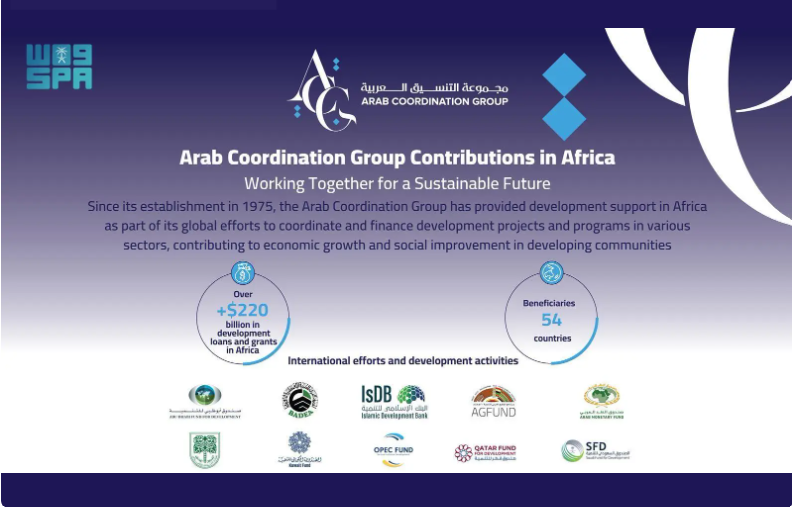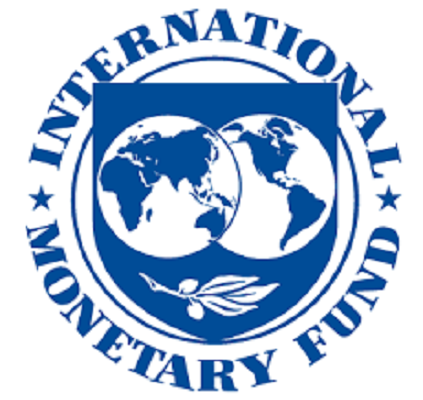Why is the banking sector in Jordan strong and attractive for investment?

Al-Anbat -
Al - Anbat - Saba- Al - Sukkar
Translated by - Neveen - Al - Jarrah
Jordan recently won the second best stable country in the banking sector, according to International Monetary Fund data, after the data measured the probability of failure of the banking system among 165 countries, by calculating what is known as the standard score (Z-SCORE), and is used to know the location and importance of a certain score. For a set of scores in the same distribution or for comparison with another score in another distribution.
In the business world, the benchmark score is used by traders in the stock exchange in order to help identify market fluctuations, and to distinguish whether the company is heading towards bankruptcy, or in a strong and stable financial position; As defined by Harvard Business Review, while the fund's data measured this on the basis of a comparison between countries in the ratio of capital adequacy and returns, and their level of volatility.
In turn, the international economist Dr. Adli Qandah indicated that the banking sector has been one of the solid sectors for a long time, and that growth rates in deposits and credit facilities range between 5-7 and this has an impact on economic activity, indicating that there is a reciprocal relationship between economic activity and credit facilities, As it works to increase the demand for banking services such as financing, credit, loans, etc., and when financing increases (injection into liquidity), economic growth increases.
And he continued, in exclusive statements to "Al-Anbat", that 95% of borrowers repay loans regularly, especially in light of the current circumstances, and a very small percentage do not do so in the required time, indicating that this indicator is good as banks are keen to provide facilities to economic sectors that are capable of Repayment. On the other hand, the largest proportion of borrowers is well committed to repaying the granted loans on time, and the return on assets and equity reflect a good picture of the solidity, profitability and stability of the sector.
Qandah added that the uproar of high interest rates and the inability of the individual to repay may affect the sector, wondering the extent of its impact on the ability of individuals to pay their loans or in terms of the increase in the number of non-performing loans, expecting that there will not be a tangible increase in their number at the end of the year.
While the economist, Wajdi Al-Makhamreh, commented that the banking sector is one of the best sectors monitored by the Central Bank, following international standards in this regard, especially Basel 2.1 standards for capital, indicating that banking sector departments follow all international standards in credit communication, liquidity, in addition to provisions. The debts that you take in order not to be exposed to future shocks, which is reflected in the high standards achieved by the Jordanian banking sector.
And he indicated that the local banking sector has contributions from several other countries, in large proportions, indicating that these countries are committed to supporting the sector so as not to expose it to any risk later, and therefore there is a large part of the contributions, either regional or international, which indicates the strength of this sector and the amount of confidence in it.
Al-Makhamreh added that the banking sector is one of the most important sectors that generate profits annually, while he praised the decisions of the Central Bank, especially to encourage the merger of some local banks by purchasing regional banks to increase their strength.








